Survey of the enniatins and beauvericin in raw and UHT cow’s milk in Poland
Journal of Veterinary Research
Oglądaj/
Data
2023Autor
Pietruszka, Katarzyna
Panasiuk, Łukasz
Jedziniak, Piotr
Metadane
Pokaż pełny rekordStreszczenie
Introduction: The enniatins A, A1, B and B1 (ENNs) and beauvericin (BEA) are structurally related compounds produced
by Fusarium species. They occur as contaminants in cereals, such as wheat, barley and maize. They are called “emerging
mycotoxins”, because they have been reported in feed and food and their toxic effects are not fully known. Data on their levels in
food (especially in milk) are limited. The study aimed to evaluate the occurrence of ENNs and BEA in milk. Material and
Methods: A total of 103 bovine milk samples (76 of raw milk and 27 of UHT milk) were collected from different parts of Poland
and analysed using liquid chromatography–tandem mass spectrometry. Results: Among the 76 raw milk samples, 31 (41%) and
15 (20%) samples were contaminated with ENN B and with BEA, respectively. No contamination with other enniatins was found.
The highest concentration of BEA was found in raw milk and was 6.17 μg kg−1. Out of the 27 samples of UHT milk, 16 (59%) were
contaminated with ENN B at concentrations ranging from 0.157 μg kg−1 to 0.587 μg kg−1 (limit of quantification (LOQ) 0.098 μg kg−1).
Beauvericin was detected in 9 UHT milk samples (33%) at concentrations ranging from 0.101 μg kg−1 to 1.934 μg kg−1 (LOQ 0.095 μg kg−1).
Conclusion: This study demonstrated constant but low milk contamination in Poland with ENN B and BEA. The analysis of milk
samples revealed that the emerging mycotoxins ENN B and BEA were measured in trace amounts. It does not suggest any
immediate risk to milk consumers; however, it is unknown whether long-term exposure to low levels of toxins may be harmful.
Zbiory
- Publikacje [715]
